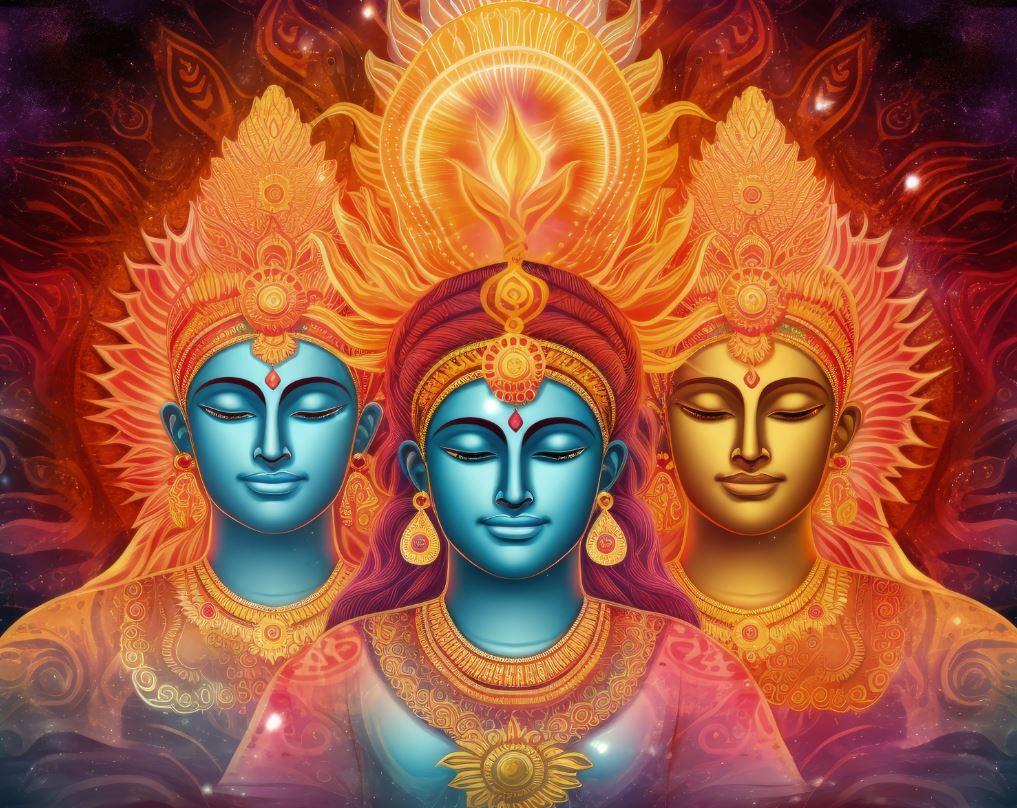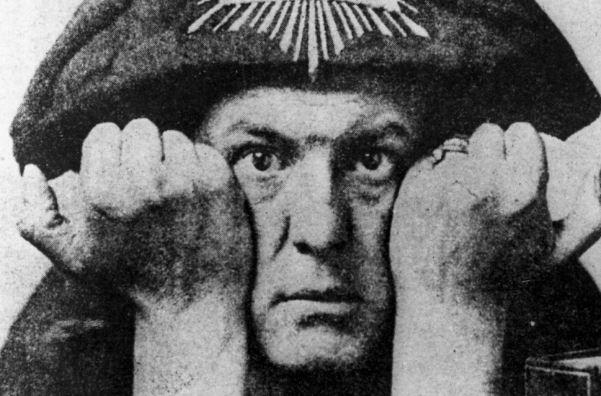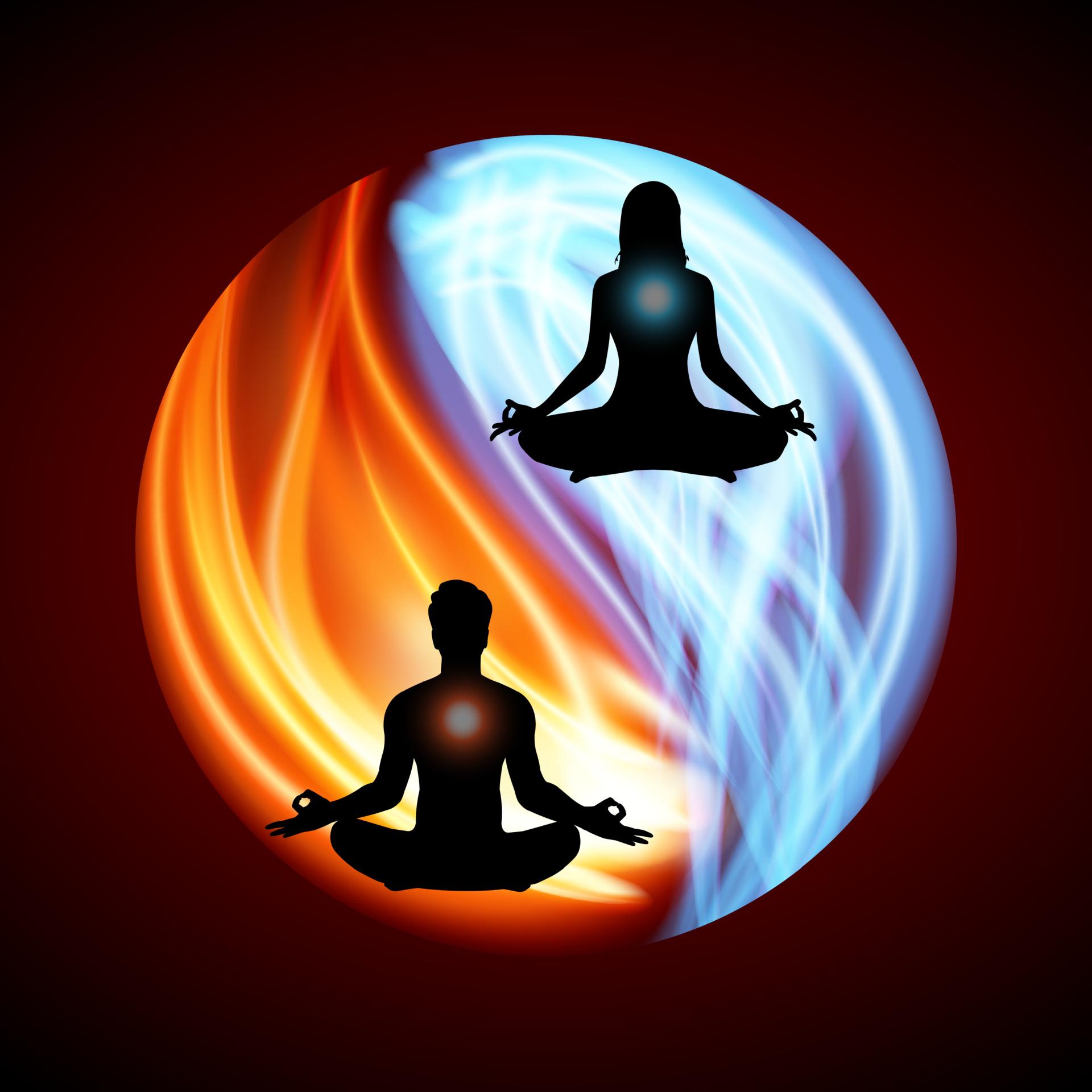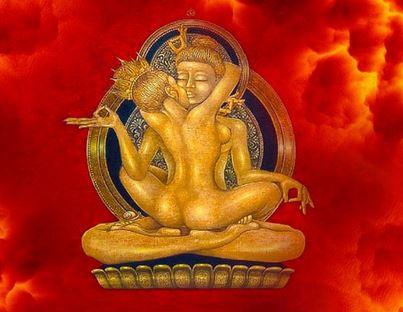Tantra: A Transformative Spiritual Practice
Embark on a journey of self-discovery and spiritual growth with Tantra, an ancient practice that fosters a deeper connection between body, mind, and spirit.

Tantric practices are designed to awaken the individual to their true nature, promoting a state of spiritual awakening that transcends the mundane and connects one with the divine.
By embracing Tantra, individuals can experience a profound transformation, leading to a more authentic, balanced, and fulfilling life.
Key Takeaways
- Discover the transformative potential of Tantra for spiritual growth.
- Explore how Tantric practices can lead to a deeper understanding of oneself.
- Learn about the connection between body, mind, and spirit in Tantra.
- Understand the role of spiritual awakening in personal development.
- Experience a more authentic and balanced life through Tantric practices.
The Ancient Origins of Tantra
Tantra has its roots in ancient India and Tibet, where it evolved as a complex spiritual practice. The historical context of Tantra is rich and diverse, influenced by various cultural and religious traditions.
Historical Roots in India and Tibet
The historical roots of Tantra in India and Tibet date back to the 6th century CE, where it emerged as a distinct spiritual movement. Tantric practices were deeply intertwined with Hinduism, Buddhism, and Jainism, incorporating elements from these traditions. In Tibet, Tantra became a central component of Vajrayana Buddhism, influencing art, literature, and spiritual practices.
The Tantric tradition in India was characterized by its emphasis on rituals, mantras, and the worship of various deities. This period saw the composition of key Tantric texts, which would later become foundational to the practice.
| Region | Influence | Key Practices |
|---|---|---|
| India | Hinduism, Buddhism | Rituals, Mantras, Deity Worship |
| Tibet | Vajrayana Buddhism | Meditation, Visualization, Rituals |
Evolution Through the Centuries
As Tantra evolved through the centuries, it was influenced by various cultural and spiritual traditions. The practice adapted to the socio-political contexts of different regions, leading to a diverse range of Tantric schools and practices.
The evolution of Tantra was marked by its ability to incorporate local beliefs and practices, making it a dynamic and resilient spiritual tradition. Despite its evolution, the core principles of Tantra remained focused on the attainment of spiritual liberation through the realization of the ultimate reality.
Core Principles of Tantric Philosophy
Understanding Tantric philosophy requires delving into its foundational principles, which include non-dualism and the balance of divine energies. At its core, Tantric philosophy offers a profound and expansive view of reality.
Non-Dualism: Embracing the Whole
Non-dualism is a central tenet of Tantric philosophy, suggesting that the distinctions between the self and the universe are illusory. This principle encourages practitioners to see themselves as part of a larger, undivided whole.
Embracing non-dualism allows individuals to transcend limited perceptions and connect with a broader reality. It's about recognizing the interconnectedness of all things.
The Divine Feminine and Masculine
Tantric philosophy places significant emphasis on the balance between the divine feminine and masculine energies. These principles are not just abstract concepts but are seen as fundamental forces in the universe.
The interplay between these energies is believed to be essential for creating harmony and balance within oneself and the world.
Consciousness as the Ultimate Reality
In Tantric philosophy, consciousness is considered the ultimate reality. This perspective posits that consciousness is the fundamental substance of the universe, and everything else is a manifestation of it.
Cultivating awareness of this principle can lead to profound insights and a deeper understanding of one's place in the universe.
Tantric philosophy, with its rich and complex principles, offers a pathway to spiritual growth and self-realization. By understanding and embracing these principles, individuals can embark on a transformative journey.
What is Tantra: Beyond Common Misconceptions
Beyond the veil of misconception lies the authentic Tantra, a profound spiritual path with deep roots in Eastern philosophy. Tantra is often misunderstood, particularly in the Western world, where it is frequently reduced to simplistic or inaccurate representations.
Tantra encompasses a broad spectrum of spiritual practices aimed at uniting the individual with the universal consciousness. It is not merely a set of rituals or practices but a holistic approach to life, integrating body, mind, and spirit.
Tantra vs. Popular Western Interpretations
The Western interpretation of Tantra often focuses on the sexual aspects, overlooking the rich spiritual and philosophical dimensions. Authentic Tantra is about embracing the totality of existence, recognizing the divine in every aspect of life.
The Spiritual Essence of Authentic Tantra
At its core, Tantra is a spiritual practice that seeks to transcend the limitations of the ego and the material world. It involves various practices, including meditation, breath work, and rituals, designed to awaken the inner energy and lead to spiritual enlightenment.
| Aspect | Western Interpretation | Authentic Tantra |
|---|---|---|
| Focus | Primarily sexual practices | Holistic spiritual practices |
| Philosophy | Oversimplified or misunderstood | Deep spiritual and philosophical roots |
| Practices | Limited to certain rituals | Includes meditation, breath work, and more |
Addressing Cultural Appropriation Concerns
As Tantra gains popularity worldwide, concerns about cultural appropriation arise. It is essential to approach Tantra with respect and sensitivity, acknowledging its origins and the cultural context from which it emerged.
By understanding and respecting the authentic essence of Tantra, we can appreciate its value as a spiritual practice, moving beyond the misconceptions that have surrounded it.
Essential Tantric Practices for Spiritual Growth
The path of Tantra is rich with transformative practices that can deepen one's spiritual journey. These practices are designed to cultivate awareness, balance, and inner peace.
Tantric Meditation Techniques
Tantric meditation is a powerful tool for spiritual growth, allowing practitioners to connect with their inner selves and the universe. Two key techniques include:
Visualization Practices
Visualization in Tantra involves creating vivid mental images of deities, mandalas, or other sacred symbols to connect with divine energy. This practice helps in focusing the mind and achieving a meditative state.
Mantra and Sound Healing
Mantras are sacred sounds used in Tantric meditation to purify the mind and energize the body. Chanting mantras can lead to a state of deep relaxation and spiritual awakening.
Breath Work and Pranayama
Breath work, or Pranayama, is a crucial aspect of Tantric practice, aimed at controlling the life force through the breath. Techniques include alternate nostril breathing and bellows breath, which help balance the body's energy and prepare it for meditation.
Ritual and Ceremony in Tantra
Rituals and ceremonies are integral to Tantric practice, serving as a means to connect with the divine and honor the elements. These rituals often involve the use of sacred objects, such as candles, incense, and yantras, to create a sacred space.
"The mind is the creator of the world; it is the source of all phenomena."
Tantric practices offer a holistic approach to spiritual growth, encompassing meditation, breath work, and ritual. By incorporating these practices into daily life, one can experience profound transformation.
| Practice | Purpose | Benefits |
|---|---|---|
| Tantric Meditation | Connect with inner self and universe | Deep relaxation, spiritual awakening |
| Breath Work (Pranayama) | Control life force through breath | Balance energy, prepare for meditation |
| Ritual and Ceremony | Connect with divine, honor elements | Create sacred space, spiritual growth |
By embracing these Tantric practices, individuals can embark on a journey of self-discovery and spiritual evolution.
Tantra Yoga: Uniting Body, Mind, and Spirit
The practice of Tantra Yoga offers a unique approach to spiritual growth by combining physical asanas, energy activation, and philosophical insights. This holistic practice is designed to unite the body, mind, and spirit, leading to a more balanced and enlightened state of being.
Asanas for Energy Activation
In Tantra Yoga, specific asanas are used to activate and balance the body's energy. These postures are designed to awaken the dormant energy within, promoting a deeper connection between the physical and subtle bodies. Asanas such as the Cobra Pose and the Warrior Pose are particularly effective in energizing the body and preparing it for meditation and other spiritual practices.
The Chakra System in Tantric Practice
The chakra system plays a crucial role in Tantric practice, serving as a map of the subtle energies within the body. The seven major chakras are associated with different aspects of human consciousness, from the root chakra, which represents stability and grounding, to the crown chakra, which symbolizes spiritual enlightenment. Understanding and working with the chakra system is essential for practitioners seeking to balance their energies and achieve higher states of consciousness.
Integrating Yoga with Tantric Philosophy
Integrating yoga with Tantric philosophy involves more than just physical postures; it requires embracing a holistic approach to life. By combining asanas with breathwork, meditation, and philosophical study, practitioners can cultivate a deeper understanding of themselves and the world. This integration helps to dissolve the boundaries between the physical and spiritual, leading to a more authentic and fulfilling life.
Sacred Sexuality in the Tantric Tradition
In the Tantric tradition, sacred sexuality is not just about physical intimacy but a gateway to higher states of consciousness and spiritual evolution. This profound understanding of sexuality as a spiritual practice is rooted in the belief that the energy generated through sexual union can be transmuted into a powerful force for spiritual awakening.

The True Meaning of Tantric Sexuality
Tantric sexuality is often misunderstood in the Western world, where it is frequently reduced to a mere hedonistic or sensual practice. However, authentic Tantric sexuality is a deeply spiritual practice that involves the union of opposites—male and female, active and receptive, consciousness and energy. This union is not just physical but also involves the subtle energies and the mind.
"The union of Shiva and Shakti is the ultimate reality, and this union is reflected in the sexual embrace." - A traditional Tantric text.
Cultivating Intimate Connection
Cultivating intimate connection is a core aspect of Tantric practice. This involves not just the physical act of sex but a deep emotional and spiritual bonding between partners. Techniques such as eye gazing, synchronized breathing, and ritualistic practices are used to deepen this connection.
Partner Practices
Partner practices in Tantra include rituals and exercises designed to enhance intimacy and spiritual connection. These may involve sacred rituals, sensual massage, and other practices aimed at awakening the subtle energies within the body.
Solo Practices
Solo practices are also an essential part of Tantric sexuality, involving meditation, breathwork, and visualization techniques to awaken and balance one's own sexual energy. This helps in preparing oneself for a deeper connection with a partner.
| Practice | Description | Benefit |
|---|---|---|
| Eye Gazing | Partners gaze into each other's eyes to deepen connection. | Enhances intimacy and trust. |
| Breathwork | Synchronized breathing to harmonize energies. | Balances and awakens subtle energies. |
| Sensual Massage | Massage techniques to awaken sensual pleasure. | Enhances sensual awareness and pleasure. |
Transforming Sexual Energy into Spiritual Power
The ultimate goal of Tantric sexuality is to transform sexual energy into spiritual power. This is achieved through various practices such as breath retention, energy locks (bandhas), and visualization. By transmuting sexual energy, practitioners can experience higher states of consciousness, spiritual awakening, and a deeper sense of unity with the universe.
As Osho once said,
"Sex is the energy of life; it is the energy of creation."
In Tantra, this energy is harnessed and transformed to achieve spiritual liberation.
Kundalini Awakening and Consciousness Expansion
Kundalini awakening represents a pivotal moment in an individual's spiritual journey, marking a significant shift in consciousness. This powerful energy, often depicted as a serpent coiled at the base of the spine, holds the potential to transform one's perception of reality and facilitate a deeper connection with the universe.
Understanding Kundalini Energy
Kundalini energy is a dormant force within every individual, waiting to be awakened through specific spiritual practices. It is believed to be a key factor in achieving higher states of consciousness and spiritual enlightenment. The awakening process involves the rise of this energy through the chakras, or energy centers, in the body, culminating in a profound expansion of consciousness.
Key aspects of Kundalini energy include:
- Its dormant state at the base of the spine
- The potential for spiritual transformation
- Association with the chakras and energy flow
Signs and Stages of Awakening
The awakening of Kundalini energy is often accompanied by a range of physical, emotional, and spiritual experiences. These can include intense energy sensations, vivid dreams, and heightened sensitivity. The process can be gradual or sudden, depending on the individual's spiritual practices and readiness.
Common signs of Kundalini awakening include:
- Sensations of heat or energy rising through the spine
- Spontaneous movements or kriyas
- Changes in sleep patterns or vivid dreams
Navigating Spiritual Emergence Safely
As Kundalini awakening can be a challenging and unpredictable process, it's crucial to approach it with caution and guidance. Working with an experienced spiritual teacher or practitioner can provide valuable support and help navigate any difficulties that arise during this transformative journey.
Tips for safe navigation:
- Seek guidance from experienced practitioners
- Practice grounding techniques
- Maintain a balanced lifestyle
Beginning Your Tantric Journey: Practical Steps
Embarking on a Tantric journey can be a life-changing experience, offering a path to spiritual growth and self-discovery. As you start this journey, it's essential to establish a strong foundation that will support your exploration of Tantric practices.
Creating Sacred Space
Creating a sacred space is a fundamental step in beginning your Tantric practice. This space serves as a sanctuary where you can meditate, practice yoga, and connect with your inner self. To create this space, start by designating a quiet area in your home that is free from distractions. You can then enhance this space with elements that promote a sense of calm and spirituality, such as candles, incense, or sacred symbols.

Daily Tantric Practices for Beginners
Incorporating daily Tantric practices into your routine can significantly enhance your spiritual growth. These practices help cultivate a deeper awareness of yourself and your connection to the world.
Morning Rituals
Starting your day with a Tantric morning ritual can set a positive tone for the day. Simple practices include meditation, pranayama (breath control), or a gentle yoga practice. These rituals help awaken your inner energy and prepare you for the day ahead.
Evening Practices
Evening practices are equally important, helping you unwind and reflect on your day. Consider practices like candle gazing, journaling, or a calming meditation to ease into the night. These rituals can help you release any tension or stress, promoting a restful night's sleep.
Finding Authentic Teachers and Resources
As you deepen your Tantric practice, it's crucial to find authentic teachers and resources. Look for experienced practitioners who align with your values and approach to Tantra. You can explore various resources, including books, online courses, and workshops, to find what resonates with you. Be discerning and trust your intuition when selecting resources to ensure they support your spiritual growth.
By following these practical steps, you can establish a strong foundation for your Tantric journey, fostering a deeper connection with yourself and the world around you.
Conclusion: Embracing Tantra as a Path to Transformation
Tantra offers a profound journey of self-discovery and spiritual growth, empowering individuals to transcend limitations and expand their consciousness. Through its holistic practices, Tantra fosters a deeper understanding of the self and the universe, leading to a more authentic and meaningful life.
By embracing Tantra, individuals can experience a significant transformation in their perception, allowing them to see the world and themselves in a new light. This transformation is rooted in the principles of non-dualism and the recognition of the divine in all aspects of life.
As you continue on your Tantric journey, remember that the true power of Tantra lies in its ability to awaken your inner potential, guiding you toward consciousness expansion and spiritual evolution. By integrating Tantric practices into your daily life, you can cultivate a deeper sense of connection, compassion, and understanding.
The path of Tantra is not just a spiritual practice but a way of life that encourages transformation on all levels: physical, emotional, and spiritual. As you walk this path, you may find that it leads to a more profound sense of purpose and fulfillment.
FAQ
What is Tantra, and how does it differ from its Western interpretations?
Tantra is an ancient spiritual practice originating from India and Tibet, focusing on the expansion of consciousness and spiritual growth. Unlike its Western interpretations, which often misconstrue Tantra as solely related to sacred sexuality, authentic Tantra encompasses a holistic approach to uniting body, mind, and spirit through various practices, including meditation, yoga, and energy healing.
What are the core principles of Tantric philosophy?
The core principles of Tantric philosophy include non-dualism, the balance of divine feminine and masculine energies, and the understanding of consciousness as the ultimate reality. These principles guide Tantric practices, aiming to transcend the ego and realize the interconnectedness of all existence.
How can I start practicing Tantra, and what are the essential practices for spiritual growth?
To begin practicing Tantra, one can start by creating a sacred space, adopting daily Tantric practices such as meditation and breath work, and exploring Tantra Yoga. Essential practices for spiritual growth include Tantric meditation techniques, breath work, and ritual ceremonies, which help cultivate a deeper connection with oneself and the universe.
What is Kundalini awakening, and how can it be safely navigated?
Kundalini awakening refers to the activation of the dormant Kundalini energy at the base of the spine, which can lead to consciousness expansion and spiritual awakening. To navigate this process safely, it's essential to understand the signs and stages of awakening, prepare oneself through Tantric practices, and seek guidance from authentic teachers and resources.
How does Tantra approach sacred sexuality, and what practices are involved?
Tantra approaches sacred sexuality as a means to cultivate intimate connection, transform sexual energy into spiritual power, and deepen the understanding of oneself and one's partner. Practices involved include partner practices such as ritualistic lovemaking, and solo practices like meditation and energy work to harness and transmute sexual energy.
Can Tantra be practiced by individuals without a partner, and are there benefits for solo practitioners?
Yes, Tantra can be practiced by individuals without a partner. Solo practitioners can benefit from Tantric practices such as meditation, breath work, and energy healing, which can lead to spiritual growth, self-awareness, and the expansion of consciousness.
How can I find authentic Tantric teachers and resources?
To find authentic Tantric teachers and resources, look for individuals and organizations that respect the traditional roots of Tantra, offer guidance on practices such as meditation and yoga, and provide a supportive community for spiritual growth. Be cautious of sources that sensationalize or misrepresent Tantra.
Links:






